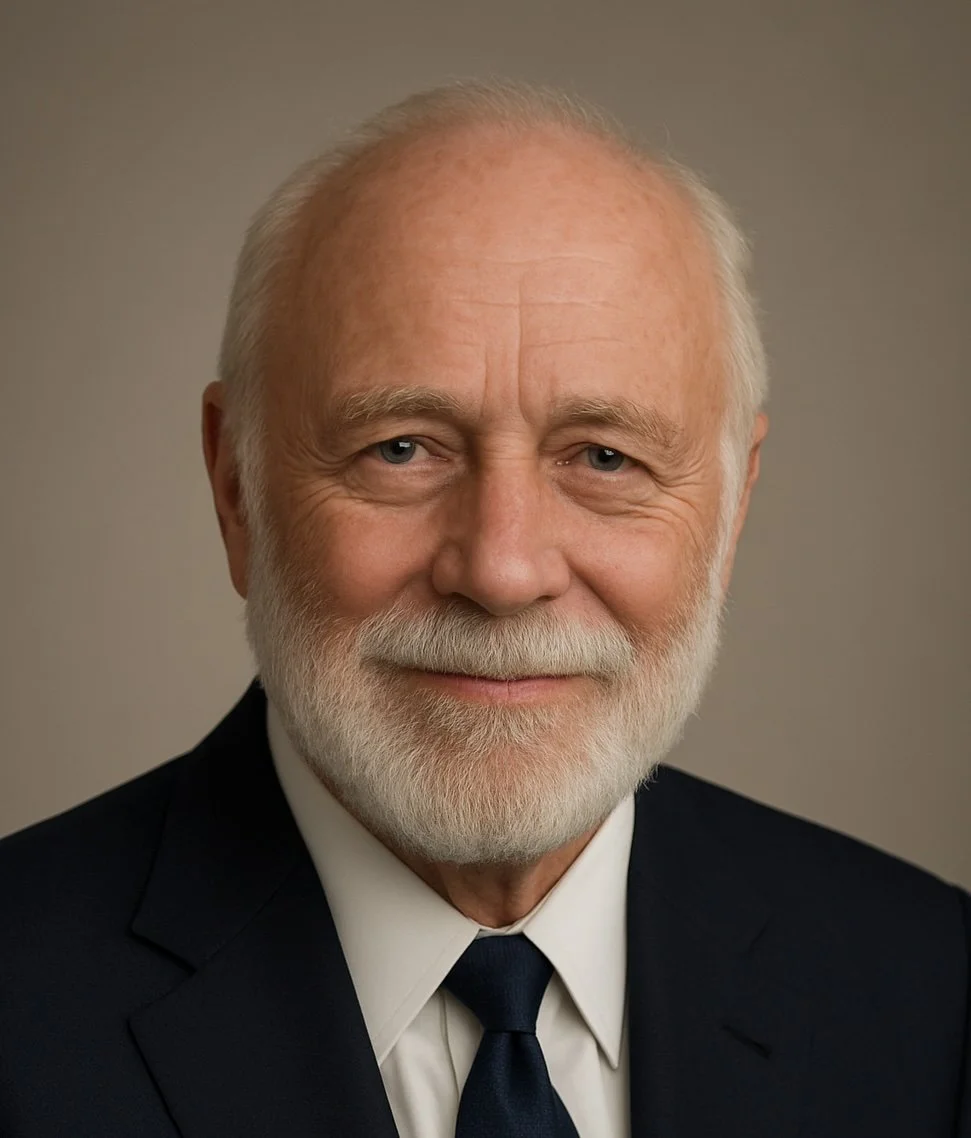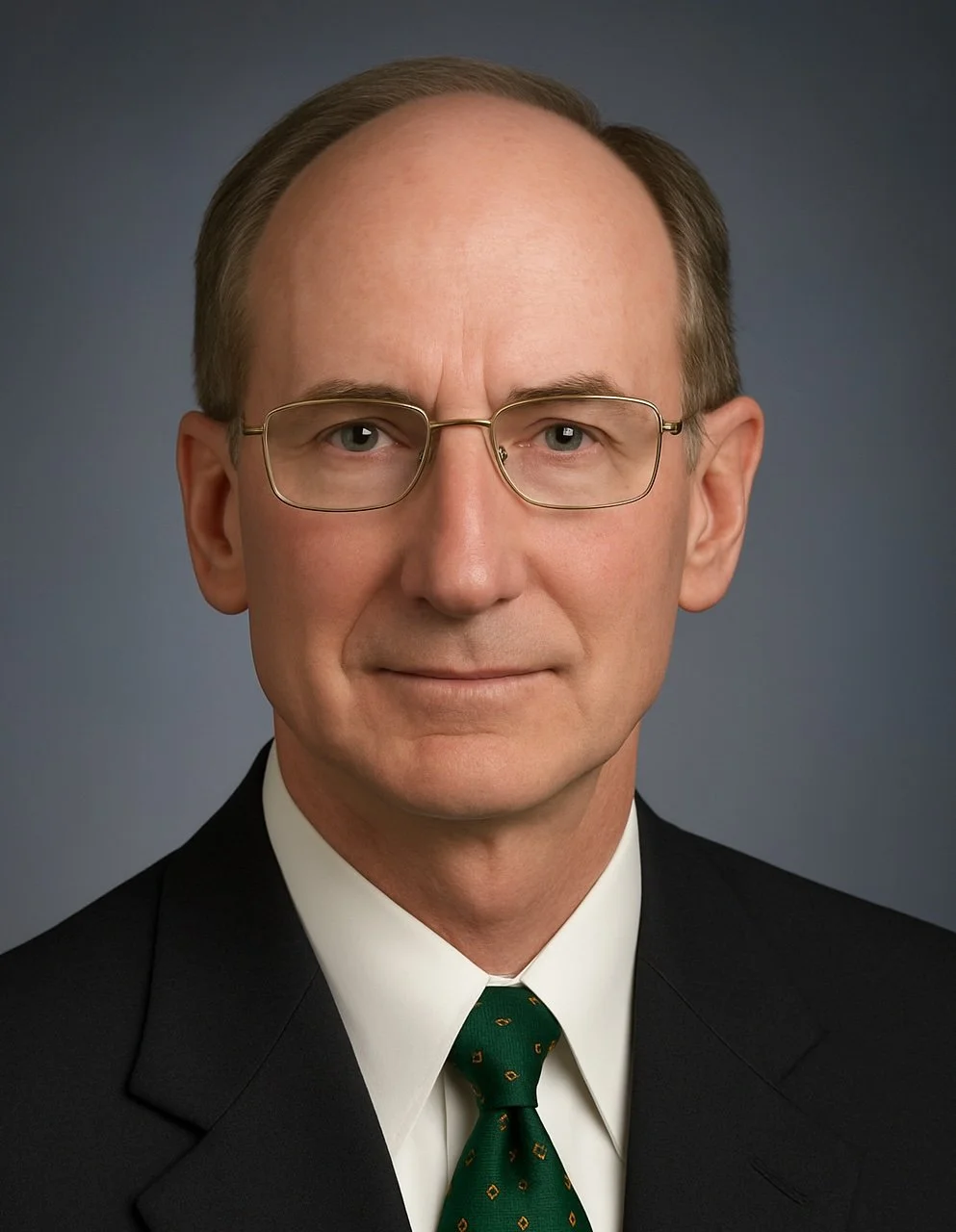Science and Engineering
Through their work Scientists and Engineers acquire unique knowledge and develop interdisciplinary skills that allows them to merge ideas and resources to develop solutions to solve the complex problems that make the world a better place.
Pin Number 50-0857
Dr. David MacCharles Pogue, 1960
Cardiologist, U.S. Public Health Service – Pioneer in Cardiac and Pulmonary Rehabilitation
David’s fascination with the human heart began as a pre-med student at Colorado A&M, where his leadership as chairman of the 1958 Estes Park Leadership Conference reflected the spirit of a Balanced Man in action. After earning his M.D. from the University of Illinois, he joined the U.S. Public Health Service as a Peace Corps physician, serving in Jamaica, Barbados, and St. Lucia.
His passion for healing and innovation led to a thirty-year career in cardiology at the Clinics of North Texas, where he founded the region’s first cardiac and pulmonary rehabilitation programs—models that continue to improve lives today. As a course director for the American Heart Association’s Advanced Cardiac Life Support Program, he trained generations of medical professionals in lifesaving care.
David’s career was marked not only by clinical excellence but also by empathy. Even after illness forced his retirement, he continued teaching and mentoring patients, helping them find courage in recovery. For his lifetime of service, he received the Distinguished Service Award from the Wichita County Medical Society in 2004.
A runner, cyclist, sailor, and lifelong learner, Dr. Pogue embodied the best of Colorado Gamma, devotion to learning, leadership, and service to others. His legacy endures in every life he touched and in the profession he helped advance.
Pin Number 050-0813
Paul C. Jennings 1958
Paul is widely recognized as one of the leaders in the field of earthquake engineering. Paul served on numerous national committees, including the National Research Council Committee on Seismology and the National Research Council Committee on Natural Disasters, which he chaired. He earned his PhD from Cal Tech in 1963 and taught mechanics at the Air Force Academy for a short time before the Great Alaska Earthquake of 1964 brought him back to Cal Tech where he spent the majority of his career in teaching and administrative roles. Paul is one of three Sigma Phi Epsilon Citation (1993) winners from Colorado State.
Pin Number:050-0518
Charles Joseph Delp, 1950
Research Scientist DuPont, “Father of Benlate”
Charlie’s excitement with Phythphora infestans caught the attention of a botany professor at Colorado A&M. Following his advice to pursue a PhD in plant pathology at UC Davis led to 32 years as a research scientist with the DuPont Company. Our discovery of systemic fungicides sparked international interest when he introduced Benlate® at the 1st International Congress for Plant Pathology in 1968. The creation of industries’ Fungicide Resistance Action Committee (FRAC) entailed working with “competitive scientists.” Serving as secretary of APS, my professional family, and organizing OIP was rewarding.
After retirement, He was an AAAS Congressional Science Fellow on the House Committee on Hunger, and conducted Fungicide Resistance Management Workshops on four continents. Volunteering in the U.S. Peace Corps in Samoa to get them back into production after devastation by Taro Leaf Blight.
Pin Number 050-0400
Dr. John Weihing 1942
John was one of the United Stated leading plant pathologist and public television personality in Nebraska and National Public Television.
In 1964, John helped establish Ataturk University, for western Turkey, as part of the UN Technical Assistance Program.
In 1971, John became the superintendent of the Scotts Bluff Station, and later Director of the Panhandle Station for the University of Nebraska.
In 1975, John produced the United States first volume of disease compendium of corn. The importance of this work led the American Phytopathological Society to the eventual establishment the APS Press, its publishing arm.
John retired in 1984, his legacy lives on through the programs and faculty located at the PHREC that his vision helped to create. John was honored in 2000 by having a new variety of great northern dry bean named after him, a multiple disease resistant strain, the “Weihing Great Northern Dry Bean.”



